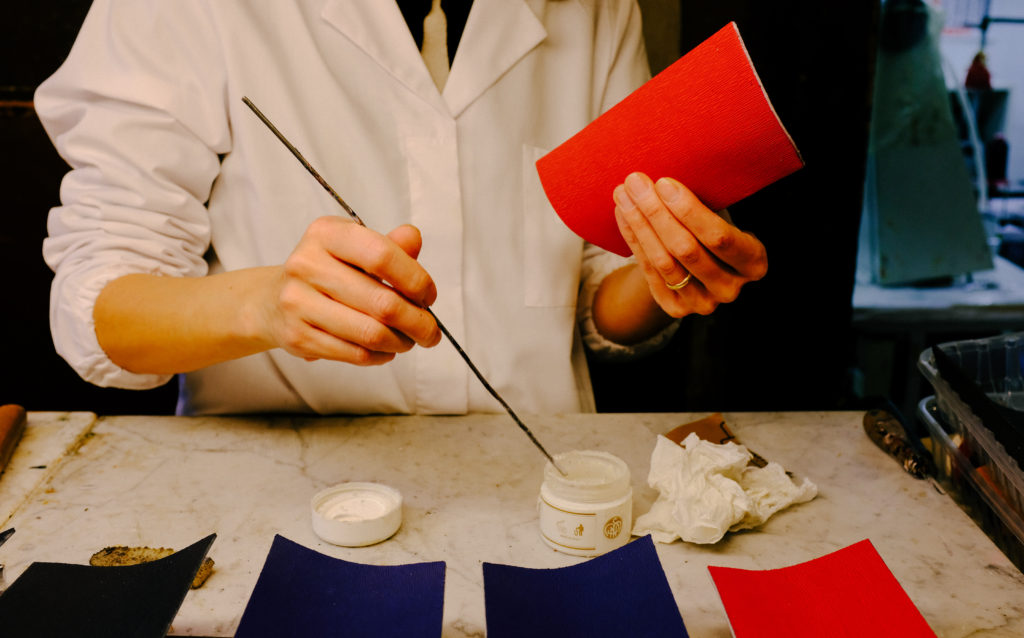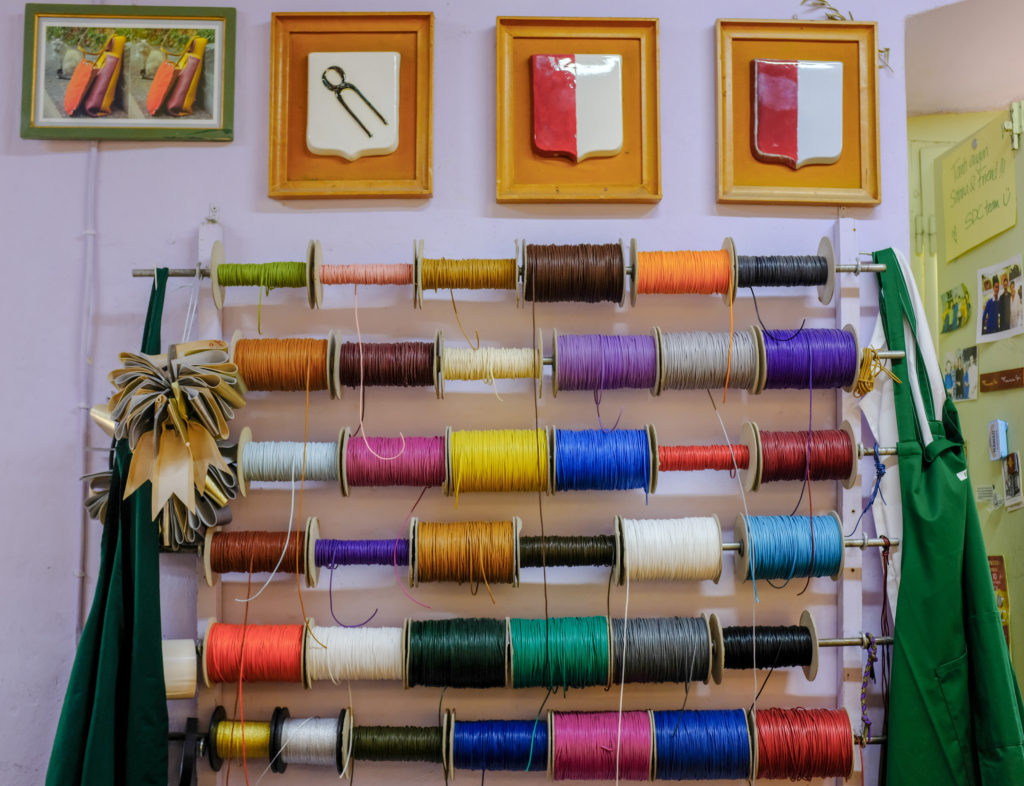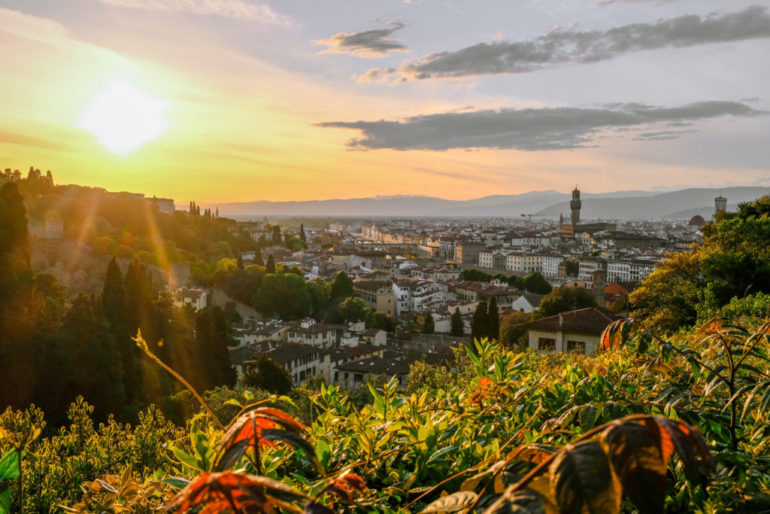Florence is a city known for Renaissance artists, but it’s also one that is filled with both traditional and contemporary artisans.
(This article was featured in Matador Network!)
Most people visit Florence to experience the presence of great artists like Da Vinci and Michelangelo. It’s a really magical feeling to walk through the streets and witness the beautiful marble statues in the courtyards and museums.
After a while, they just become part of the daily fabric of the city. Among the sculptures, you can just see people living their lives as usual: eating gelato, relaxing, catching up friends.
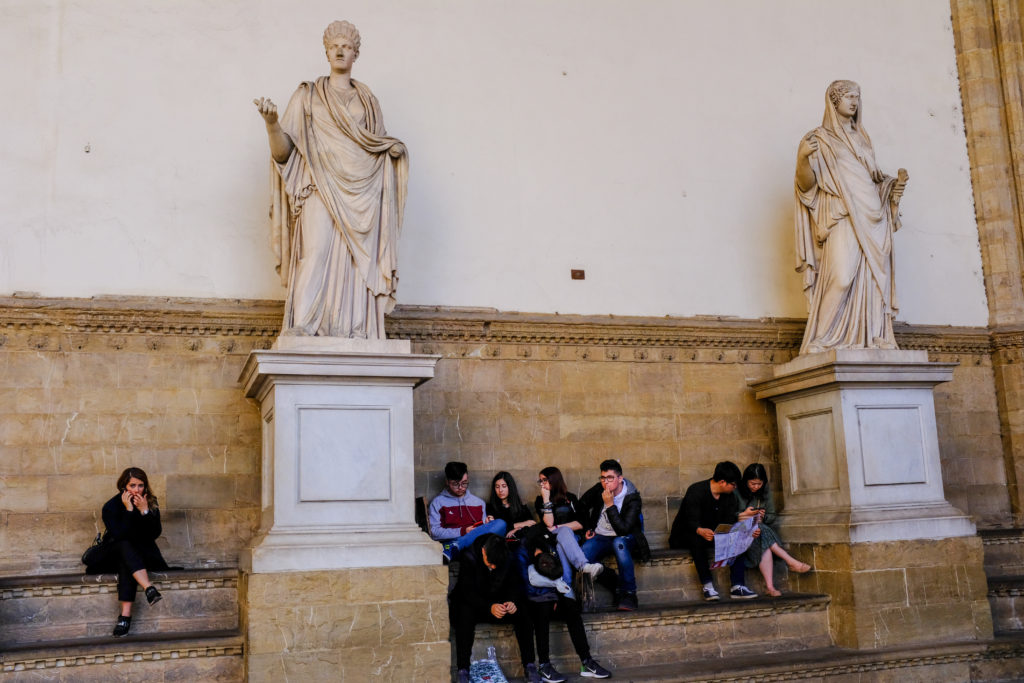
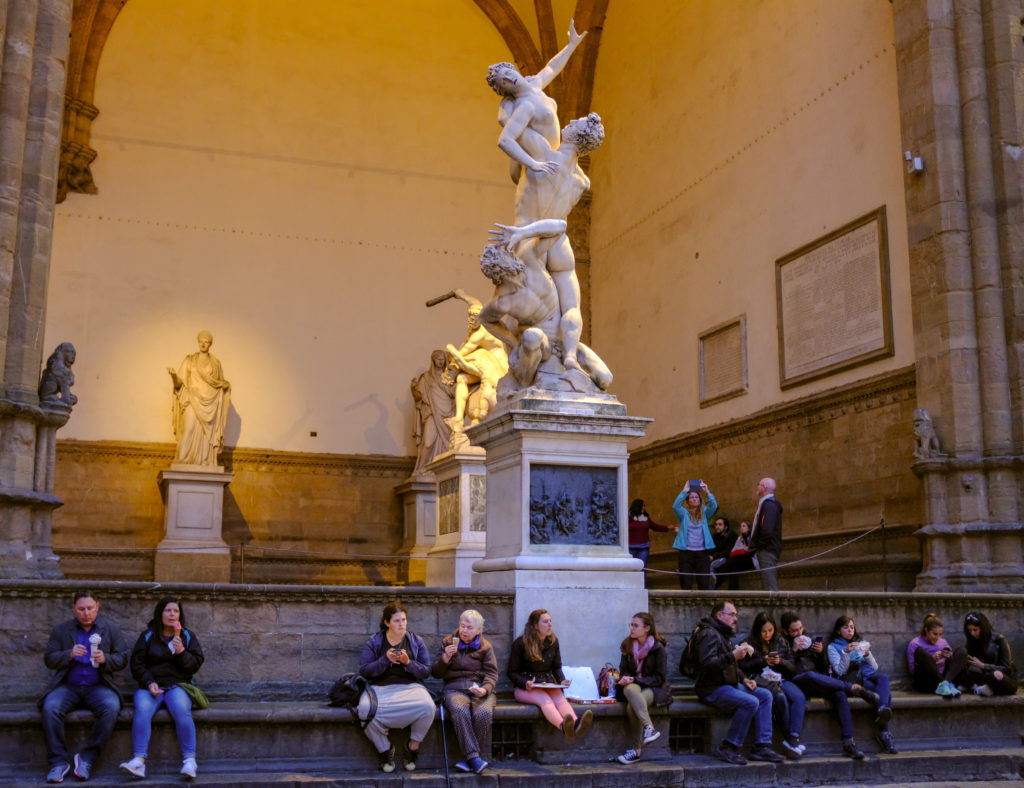
There was one aspect of Florence, though, that continually amazed me. While it’s a city known for Renaissance artists, it’s also one that is filled with both traditional and contemporary artisans. Here, craftsmanship is passed down through the centuries through family traditions. As you wander the streets, you’ll encounter a lot of local makers, from book-binders to leather tailors.
I created a map of artisans I wanted to visit, and spent most of my time going in and out of stores. Mostly, I hung out in the Oltrarno neighborhood, which translates to “the other side of the Arno river.” It’s the part that most people don’t visit, since the common tourist attractions are across the bridge.
But Oltrano is definitely worth it. The narrow, medieval streets are lined with workshops, which you can find as long as you’re looking for them. Visiting the spaces of these craftspeople made me feel disappointed that I couldn’t speak Italian, because I wanted to properly learn about their creative process and how they’ve built their skills over the years.
However, it was still a really interesting experience to look at their work and exchange questions through hand gestures and a mix of English and Italian.
Below, some highlights from the diverse talents of the craftspeople in Florence.
Paper Goods: Antique Maps, Illustrations, Stationary
La Casa della Stampa
I passed this workshop on a tiny side street and literally did a double take. The walls seem to be glistening—upon a closer look, you can see that it comes from the gold lining of antique maps and landscapes of Florence.
When I walked in, it felt like I was entering a time capsule. If you touch the paper, you can literally feel the aged texture in your hands. The coolest part was that the artist, Sarubbi Lorenzo, was intently working in the back of the room—it was hard not to keep staring!
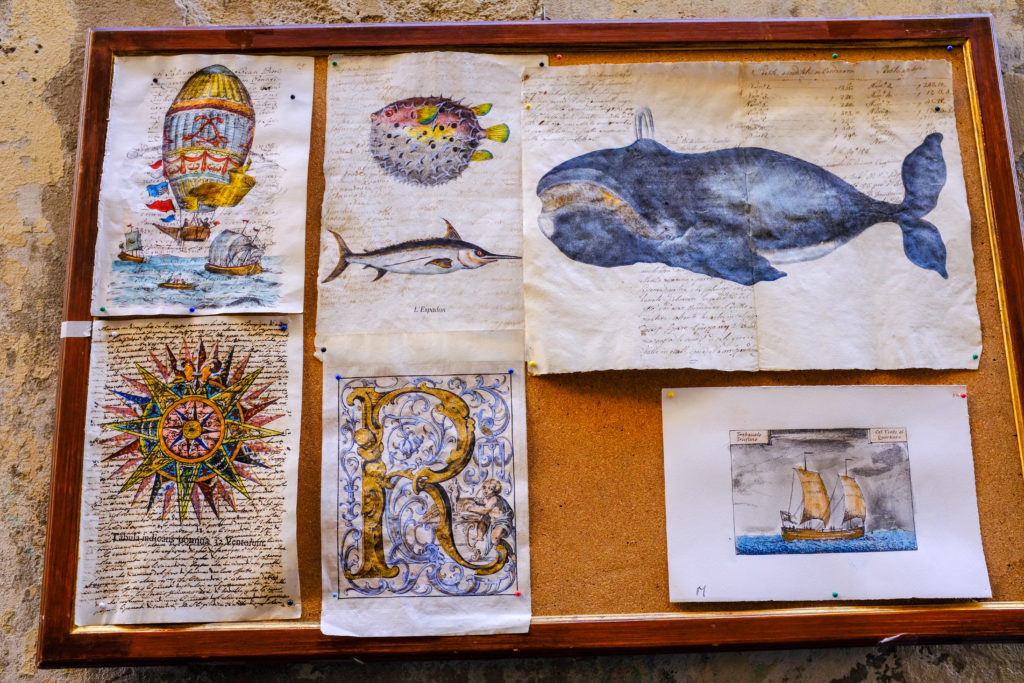
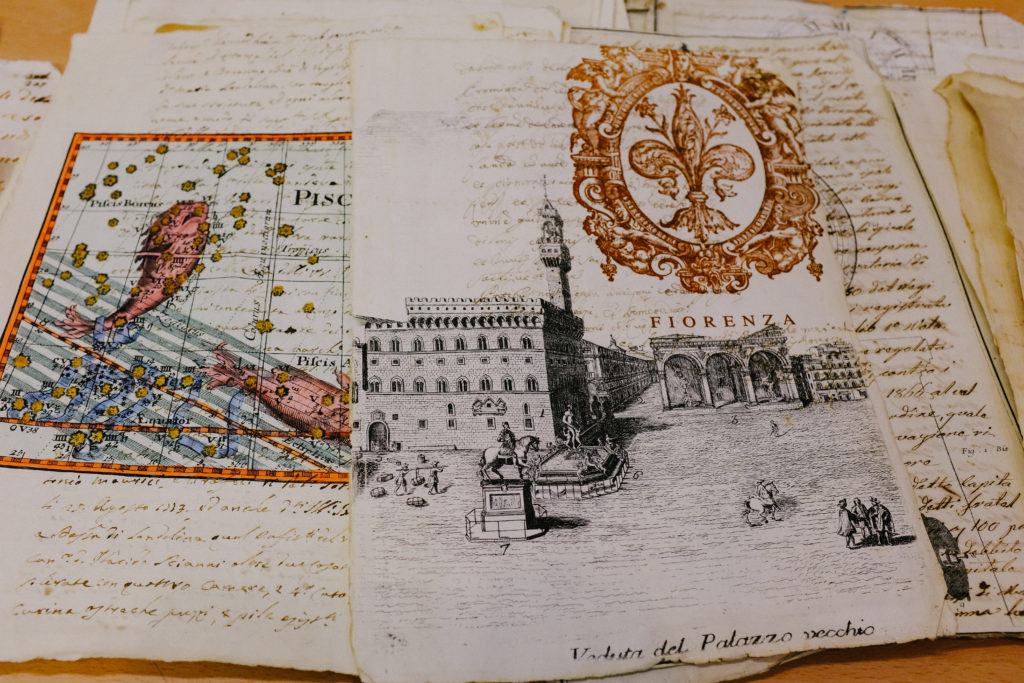
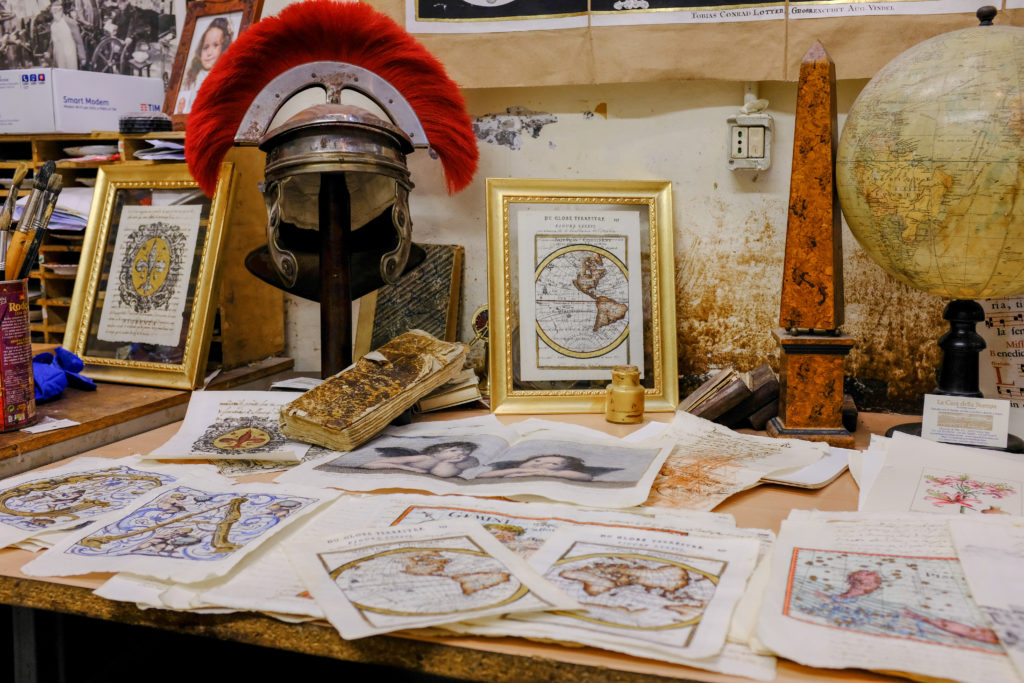
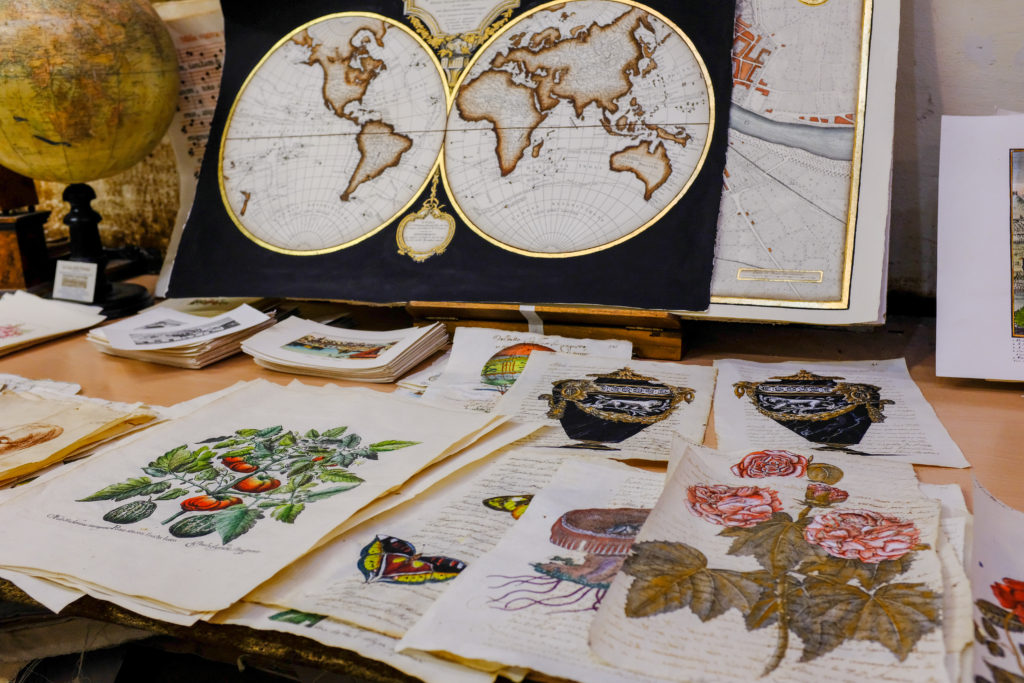
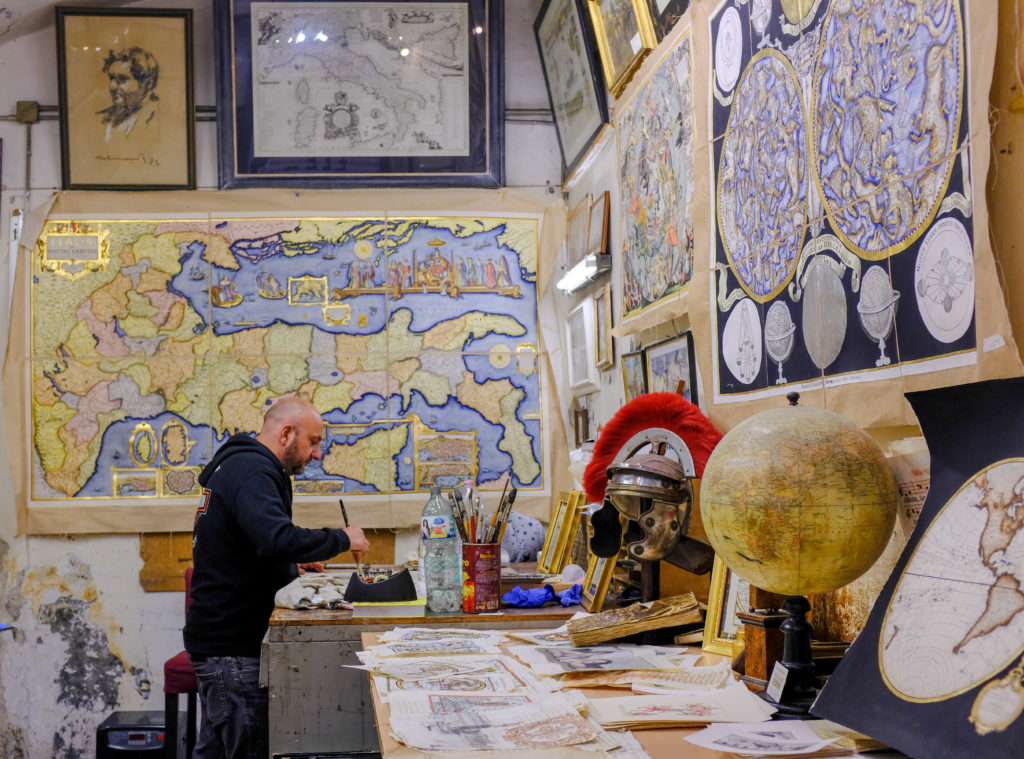
Alberto Cozzi
We visited this store in the evening, just in time to catch the artist hand-marbling paper. He was very friendly and walked us through the entire process, from preparing the liquid in the bath to adding the color to creating patterns in it to absorbing it onto the paper.
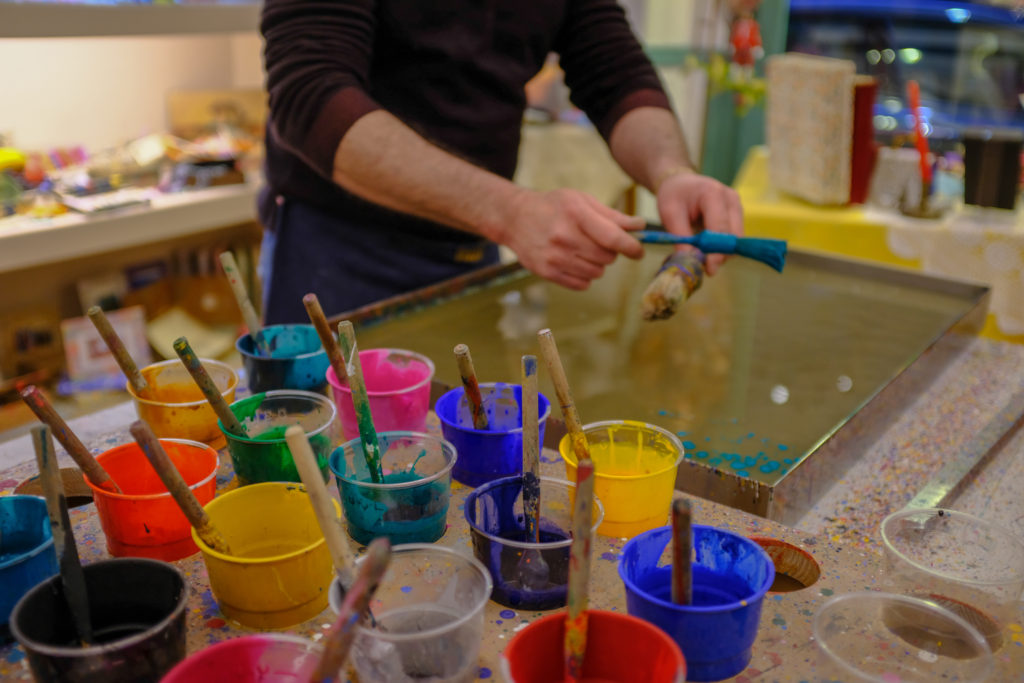
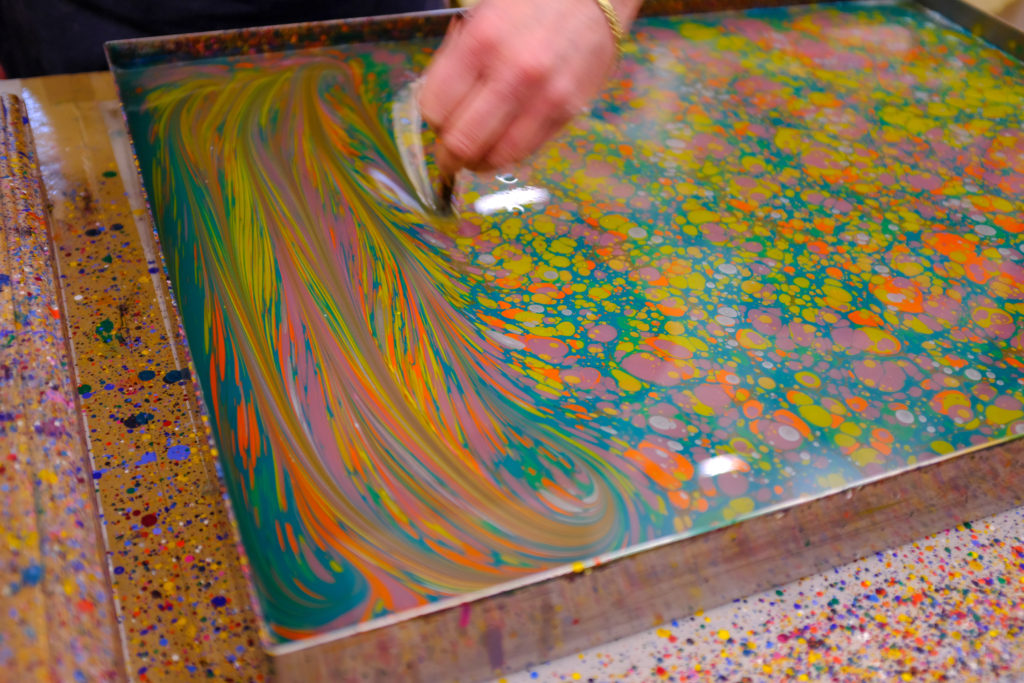
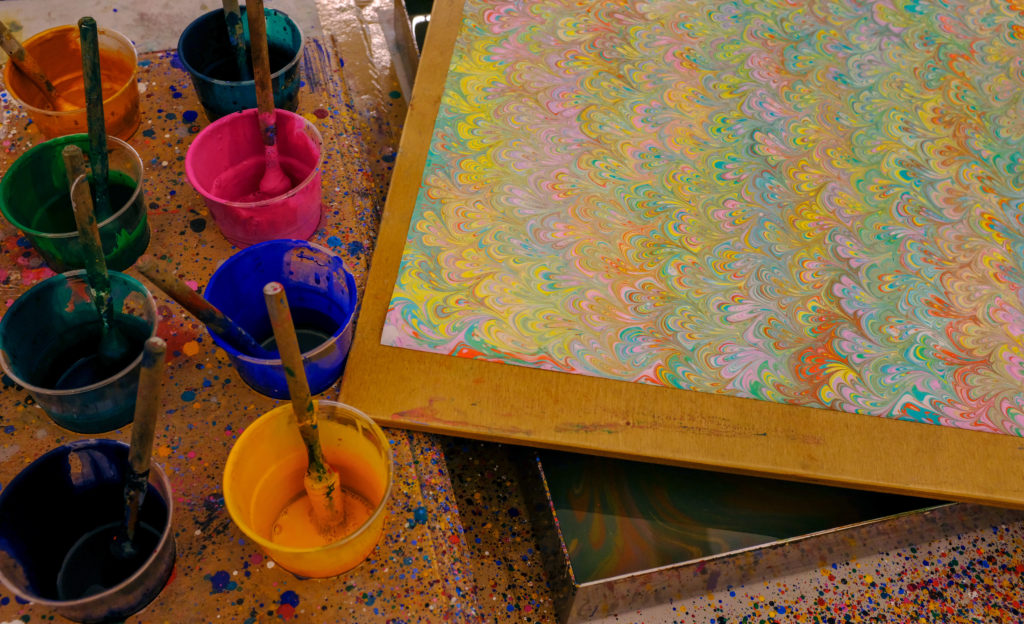
Sensory Experiences: Perfume, Sandwiches, and a Goldsmith
Officina Profumo – Farmaceutica di Santa Maria Novella Firenze
One of the world’s oldest pharmacies, this store is designed more like a museum than a shop for perfume and soaps. It displays its wares like art pieces, alongside actual 16th- and 17th-century pottery and beneath intricately designed ceilings. Individual stands are spaced throughout the store, with attendants there to help you find the right scent for you.
The director of the store compares it to “a beautiful convertible of the 1930s, with a body hammered by hand by an artisan and a powerful and modern engine…a car that enhances the pleasure of looking at it and driving it.”
Interestingly, there is no advertising for the store, and you can barely notice it from the streets. You can only hear about it from word of mouth, and then you have to walk down a hallway just to find it.
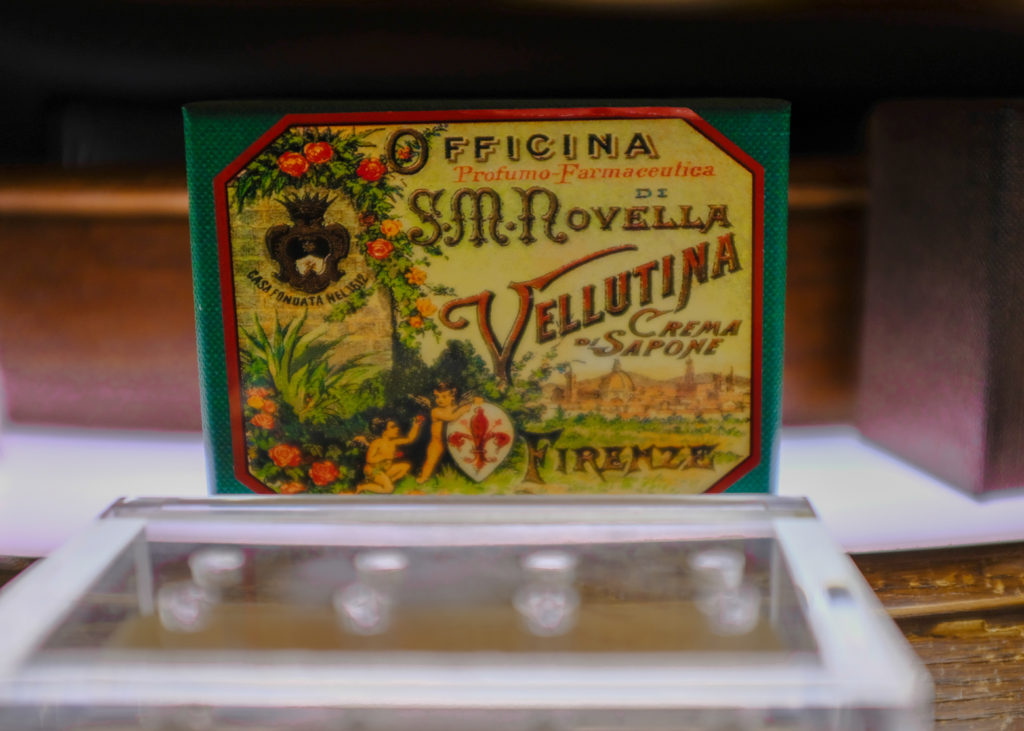
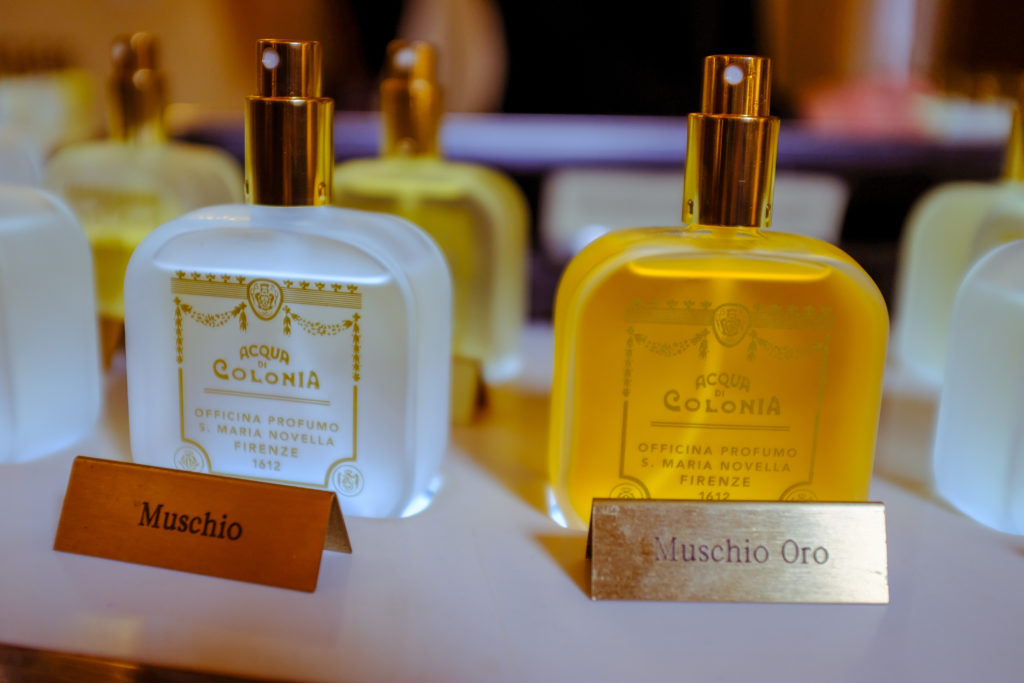
AquaFlor
Yes, I’m listing another perfumery in Florence, but this one feels special as well, appealing to both your nose and your eyes. It’s hidden in an alleyway, but easy to find if you follow the scents. My friend who recommended it to me described it as “basically Willy Wonka’s perfume factory.”
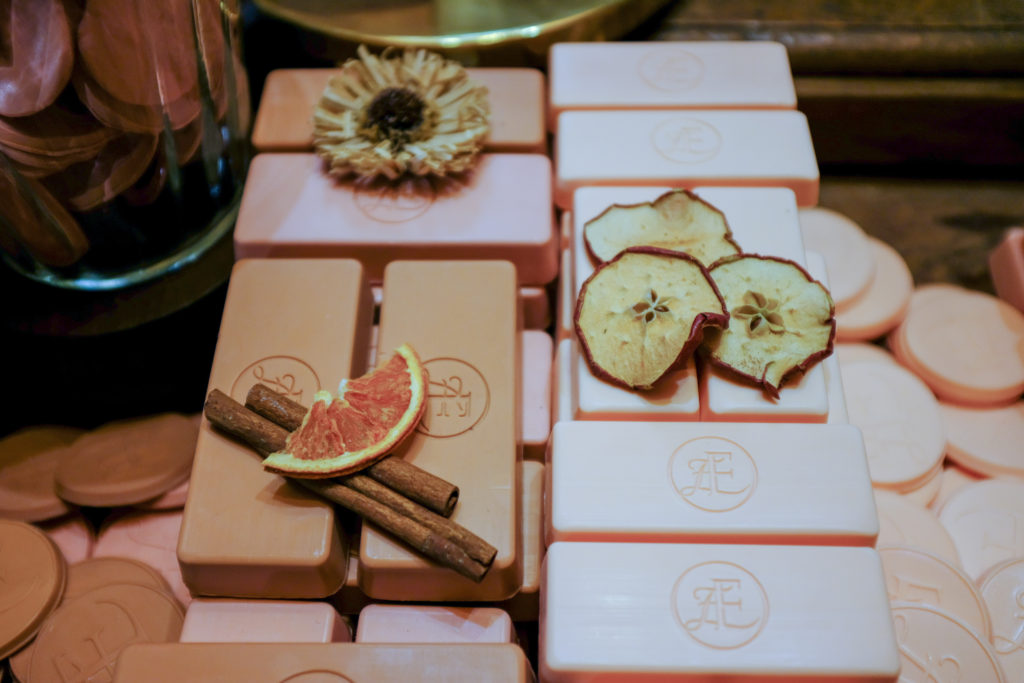
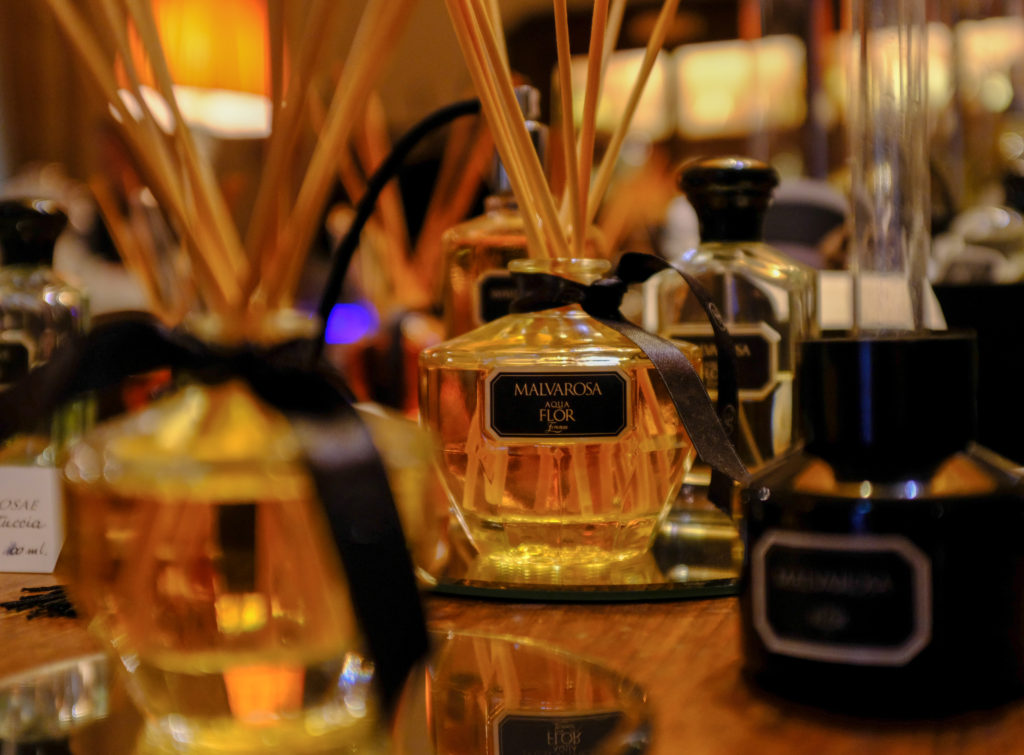
Osteria All’Antico Vinaio
No matter what time of day you’re passing this sandwich shop, it’s almost always surrounded by a crowd. Not only do the staff make incredible sandwiches (5 euros for a panini so stuffed with meat, that I could only eat half for dinner and saved the other half for breakfast), but they are also incredibly funny and energetic.
The ambiance is lively: four men cracking jokes with each other and the customers, asking for a bite of your gelato if you’re holding some, or repeating a request in English amongst themselves until they collectively decipher it. They move fast, too—in swift motions, they’ll slam a heavy sheet of bread on the counter top and quickly apply a spread and some meat.
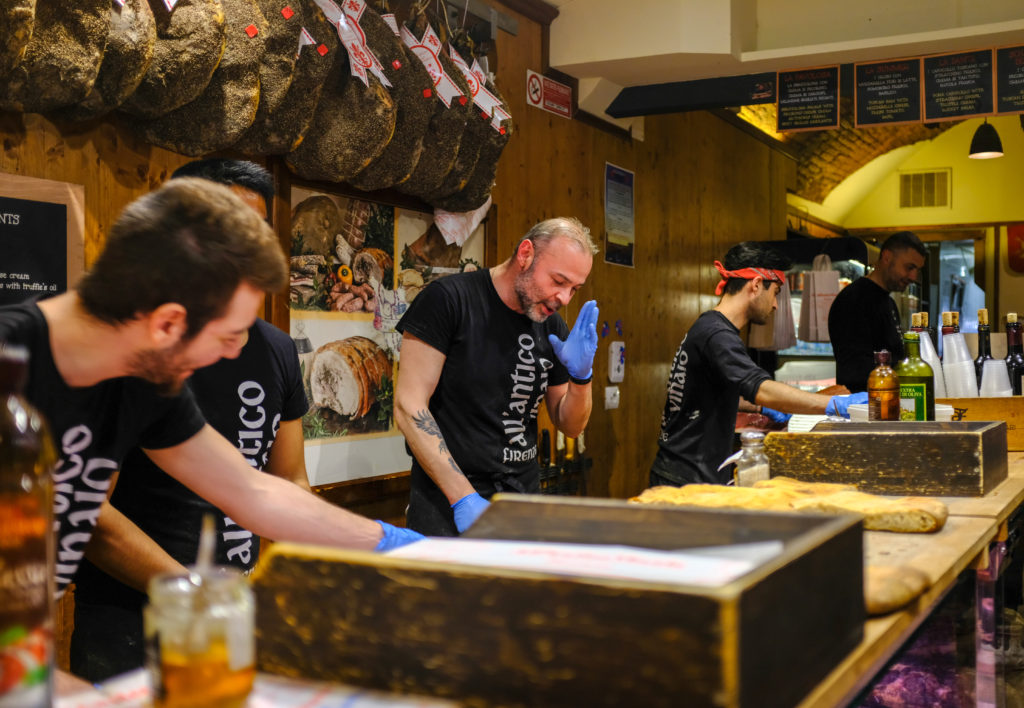
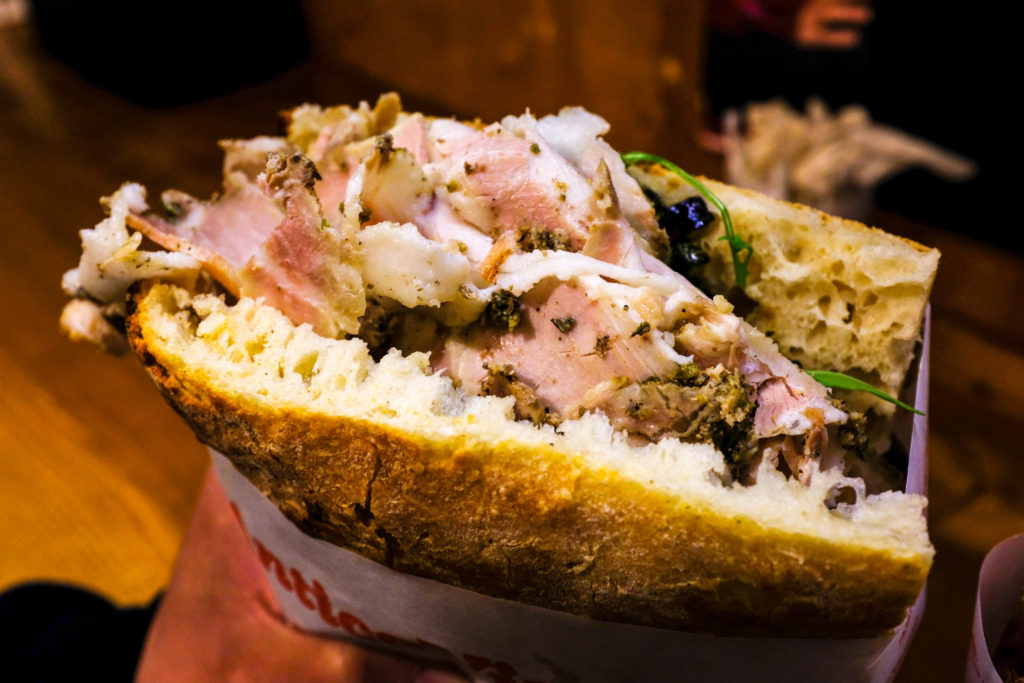
Alessandro Dari Gioielli
It felt overwhelming to walk into this store at first. The first thing you’ll notice is all the sounds: chimes and bells, a heartbeat, organs. If you follow the sound of welding and firing, it will lead you to a window, where you can peek inside and see Alessandro himself creating his next work of art.
This Florentine workshop feels like mad scientist meets medieval alchemist. With a background in sculpture, jewelry, and music, Alessandro creates decorative objects from gold, which are based on themes ranging from butterflies to churches.
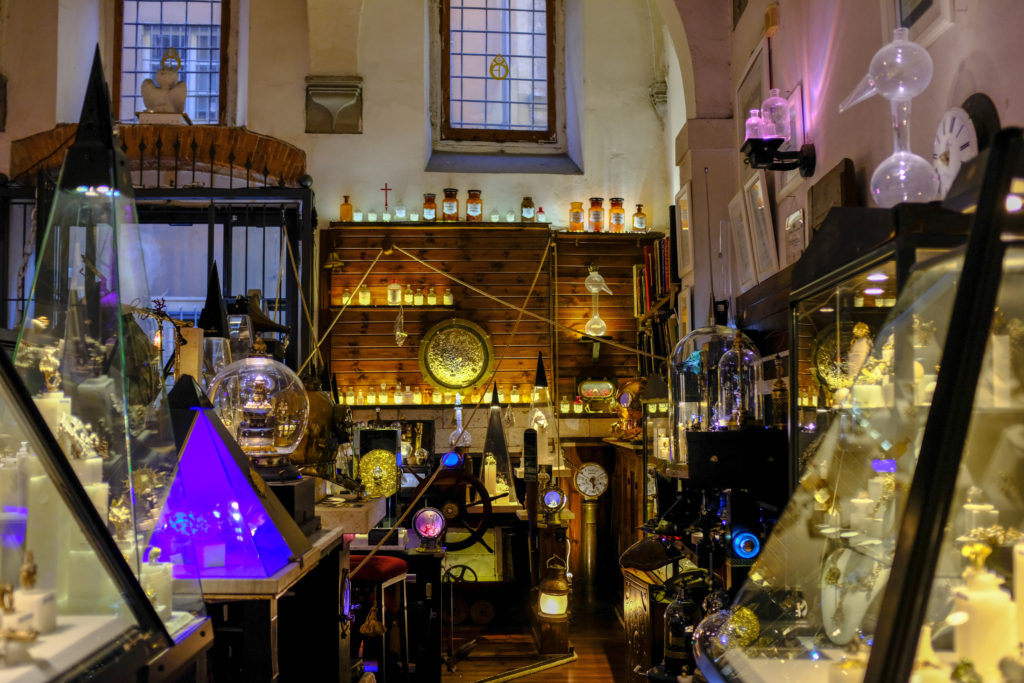
Florentine Specialty: Leather
Benheart
As you walk around Florence, it’s impossible to avoid all the salespeople trying to market their leather jackets, custom-made belts, and shoes. It’s a whole endeavor in and of itself to learn how to purchase quality leather, but this store definitely stood out to us.
Benheart has two boutiques in Florence, and though they started recently, they’ve quickly made their mark throughout Italy (and started a store in Tokyo as well). Their hand-made jackets, shoes, and bags are beautiful and have really rich colors, which stems from their technique of dying garments after they are assembled. They combine Italian traditional craftsmanship with cooler, modern styles, and they can personalize items for you based on request.
The story is also quite heartwarming. Several years ago, Ben was struggling with a heart condition. He received a heart transplant, and during his recovery, he decided to partner with his friend Matteo to realize his dream of creating a leather goods store. To this day, the floors of the store are covered with children’s drawings, which were created by his kids and their classmates while he was in the hospital.
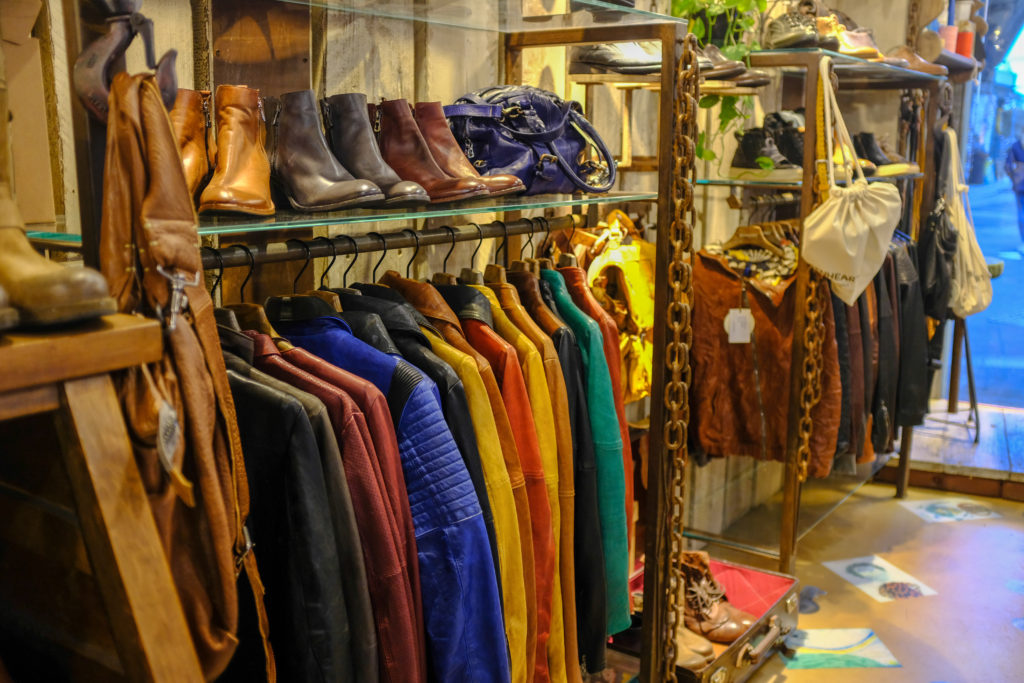
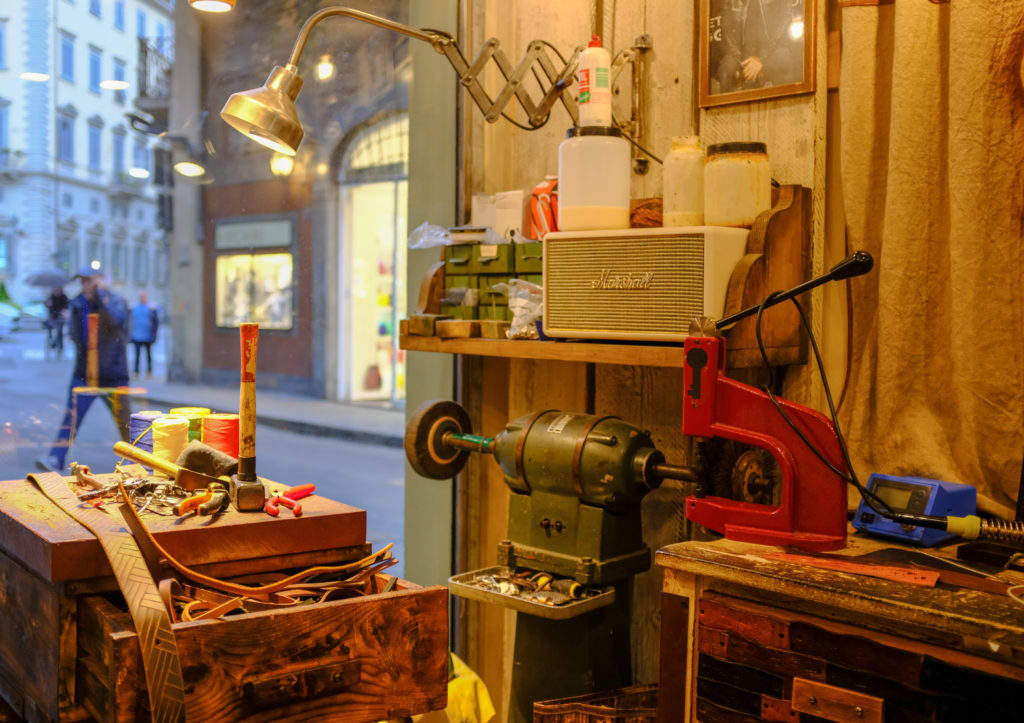
Scuola del Cuoio
After making leather for decades, the Gori family started this school to teach practical skills to orphans after World War II. Since then, it has evolved into a workshop that is open for all who want to learn about the makings of leather, and for those who want to buy high-quality products. It’s located inside a cathedral, which makes it feel even more historical.
